Books
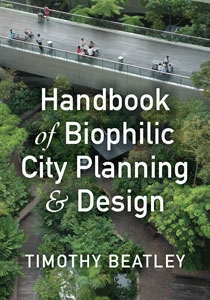
The Handbook of Biophilic City Planning & Design offers practical advice and inspiration for ensuring that nature in the city is more than infrastructure—that it also promotes well-being and creates an emotional connection to the earth among urban residents.
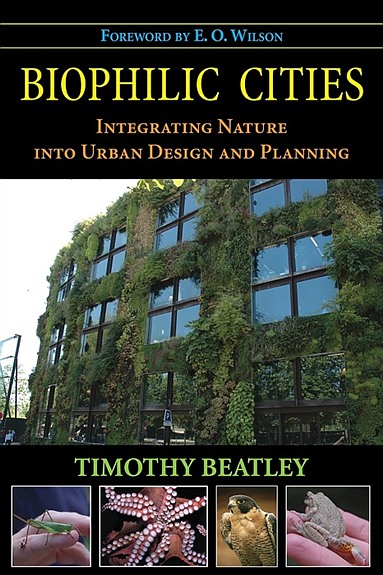
In Biophilic Cities, Beatley not only outlines the essential elements of a biophilic city, but provides examples and stories about cities that have successfully integrated biophilic elements–from the building to the regional level–around the world.
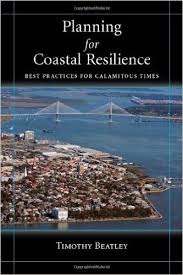
In Planning for Coastal Resilience, Tim Beatley argues that, in the face of such threats, all future coastal planning and management must reflect a commitment to the concept of resilience.
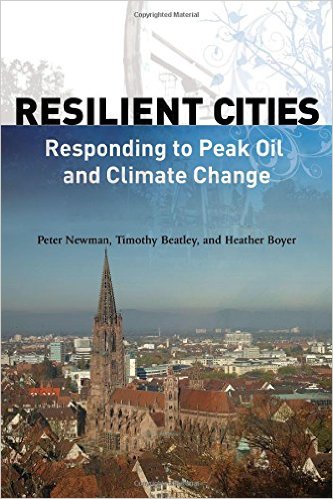
The authors of Resilient Cities don’t believe that oblivion is necessarily the destiny of urban areas. Instead, they believe that intelligent planning and visionary leadership can help cities meet the impending crises, and look to existing initiatives in cities around the world. Rather than responding with fear (as a legion of doomsaying prognosticators have done), they choose hope.
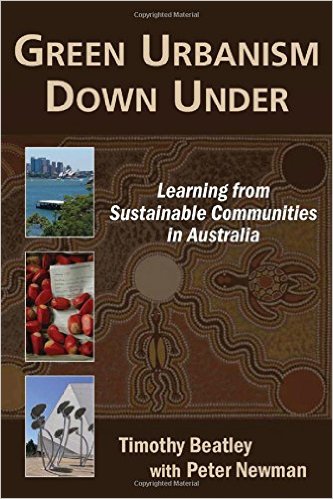
In Green Urbanism Down Under, Timothy Beatley sets out to answer a simple question: what can Americans learn from Australians about “greening” city life? Green Urbanism Down Under reports on the current state of “sustainability practice” in Australia and the many lessons that U.S. residents can learn from the best Australian programs and initiatives.
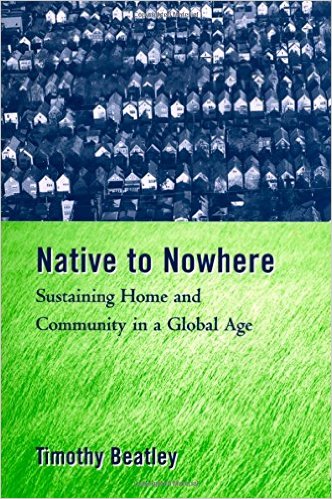
In Native to Nowhere, author Tim Beatley draws on extensive research and travel to communities across North America and Europe to offer a practical examination of the concepts of place and place-building in contemporary life.
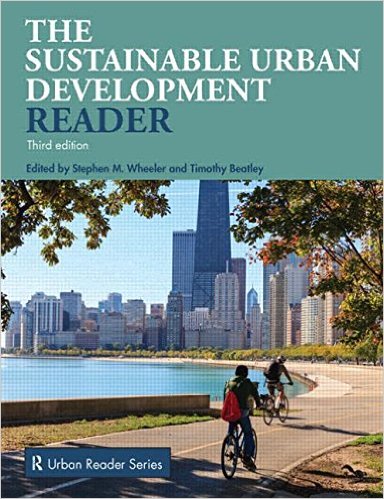
Sustainable Urban Development Reader provides a generous selection of classic and contemporary readings giving a broad introduction to this topic. It begins by tracing the roots of the sustainable development concept in the nineteenth and twentieth centuries, before presenting readings on a number of dimensions of the sustainability concept.
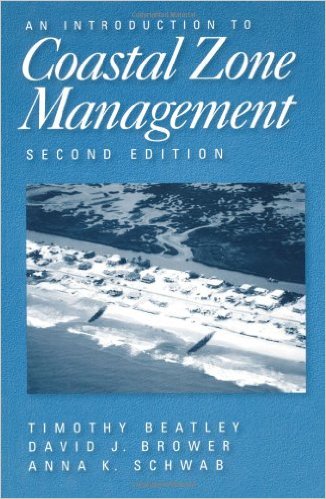
An Introduction to Coastal Zone Management, Second Edition offers a comprehensive overview of coastal planning and management issues for students and professionals in the field. Since publication of the first edition in 1994, population growth and increasing development pressures on our coasts have made the need for forward-looking, creative, and sustainable visions for the future even greater.
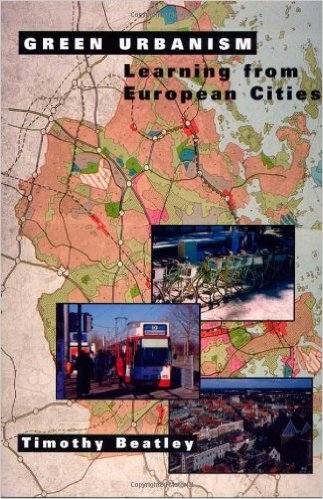
In Green Urbanism, Timothy Beatley explains what planners and local officials in the United States can learn from the sustainable city movement in Europe. The book draws from the extensive European experience, examining the progress and policies of twenty-five of the most innovative cities in eleven European countries, which Beatley researched and observed in depth during a year-long stay in the Netherlands.
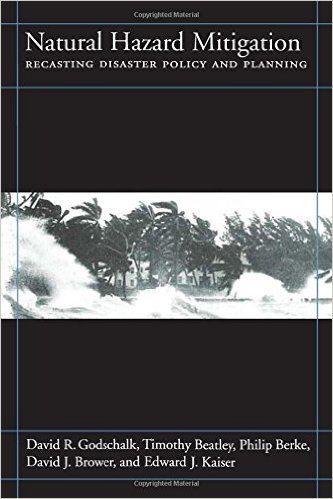
Natural Hazard Mitigation offers an informative examination of natural hazard mitigation for planners, policymakers, stu dents, and professionals that work in this field. The topics include guidelines for hurricanes, floods and earthquakes.
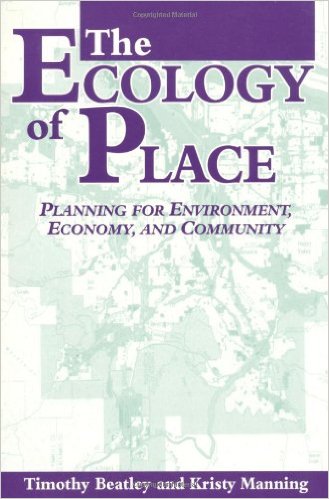
The Ecology of Place: Current patterns of land use and development are at once socially, economically, and environmentally destructive. Sprawling low-density development literally devours natural landscapes while breeding a pervasive sense of social isolation and exacerbating a vast array of economic problems. As more and more counties begin to look more and more the same, hope for a different future may seem to be fading. But alternatives do exist.
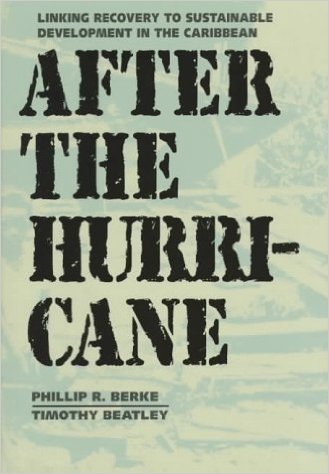
In After the Hurricane, Philip R. Berke and Timothy Beatley present state-of-the-art research on recovery programs that work — programs that provide immediate aid to victims and lay the basis for sustainable development and growth.
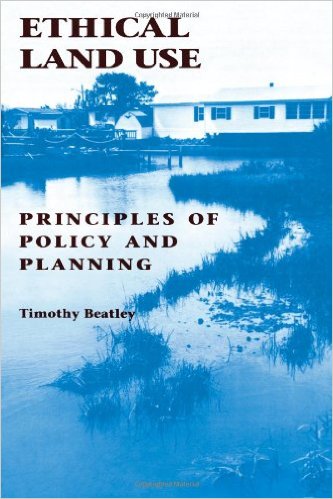
Ethical Land Use is an examination of the ethical dimensions of land use decisions and policy. Its premise is that all land use decisions – whether to build an interstate highway or maintain a suburban lawn with chemical fertilizers – invariably involve ethical choices.
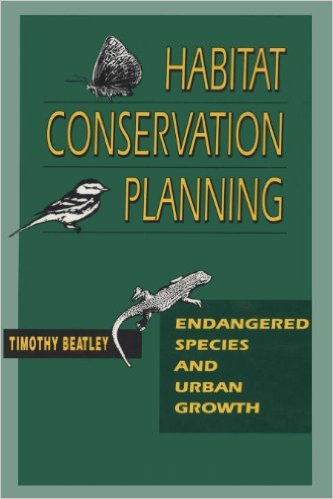
Habitat Conservation Planning focuses on a new tool for resolving the land-use conflict—the creation of habitat conservation plans (HCPs). Timothy Beatley explores the development and early results of this provision of the United States’ federal Endangered Species Act, which allows development of some habitat and a certain “take” of a protected species in return for the conservation of sufficient habitat to ensure its survival and long-term recovery

In Planning for Earthquakes Philip R. Berke and Timothy Beatley examine the experiences of 260 earthquake-prone communities across the United States, from the West Coast to the East.
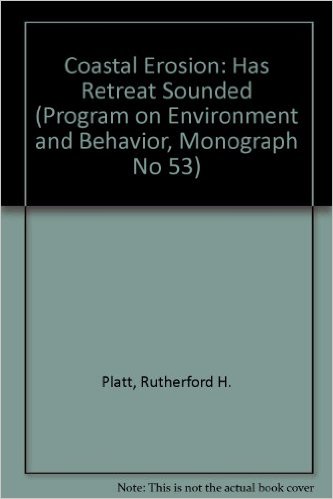
Coastal Erosion: Has Retreat Sounded (Program on Environment and Behavior, Monograph No 53)

Catastrophic Coastal Storms offers a solution to the policy problem by proposing a merger of hazard mitigation with development management, basing this on extensive surveys of at-risk coastal locations and case studies of post-hurricane recovery.
